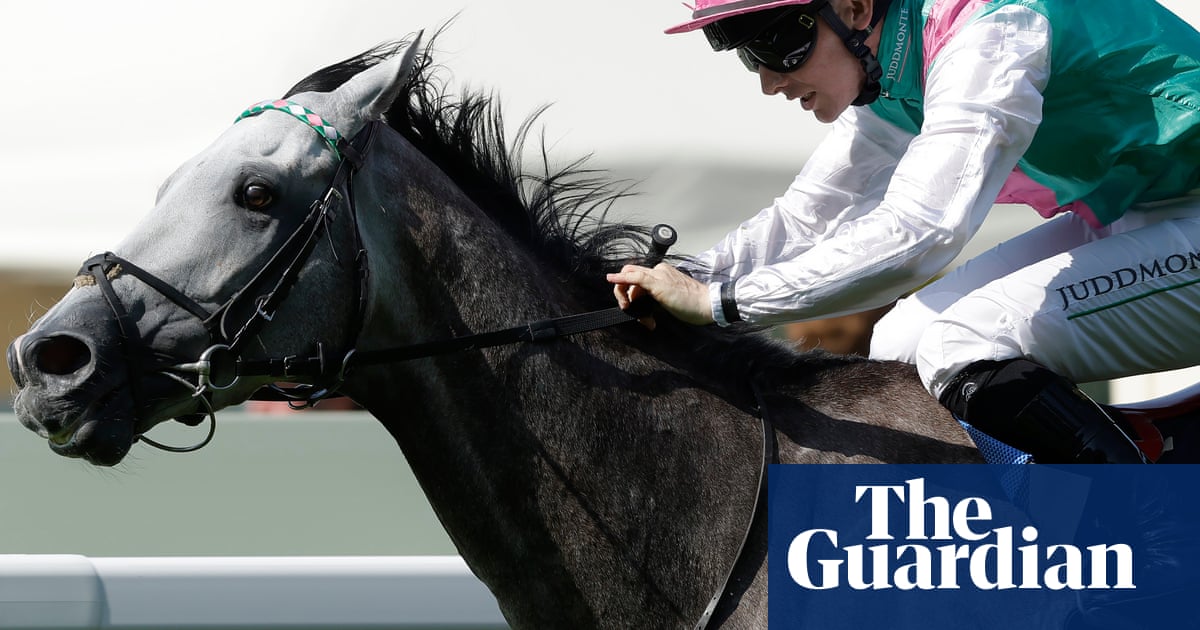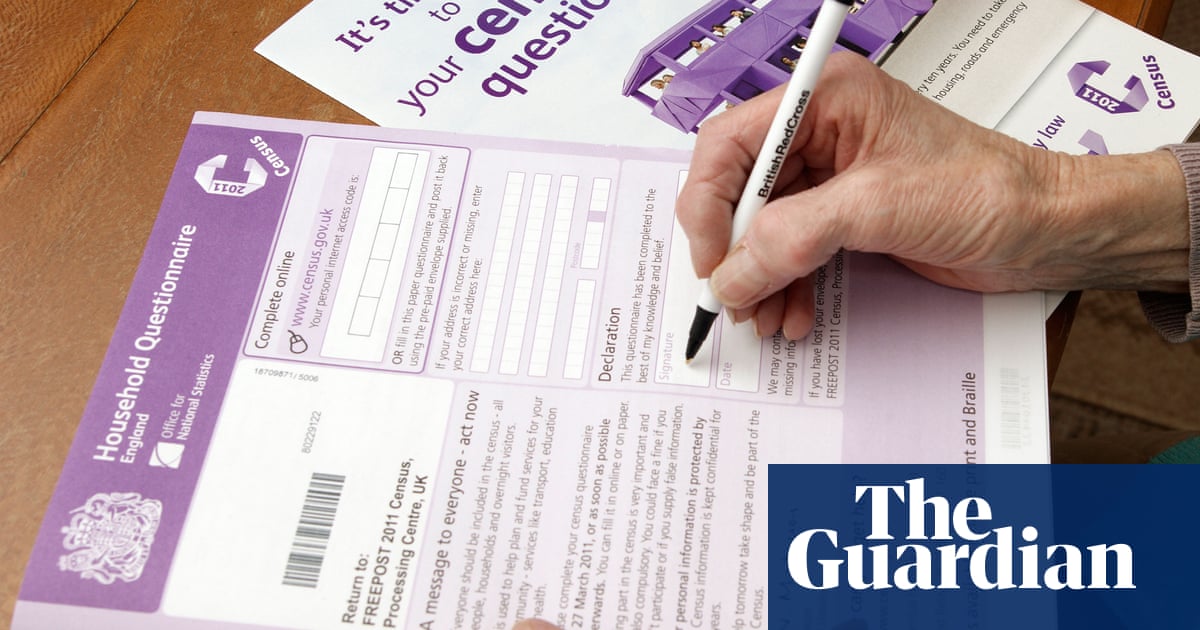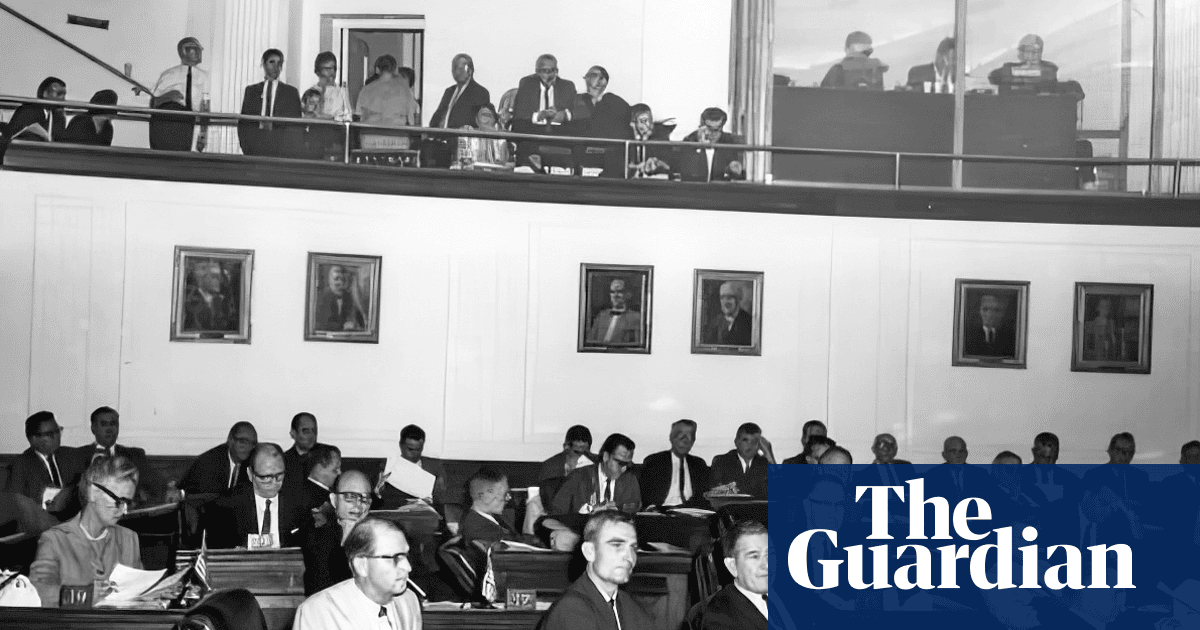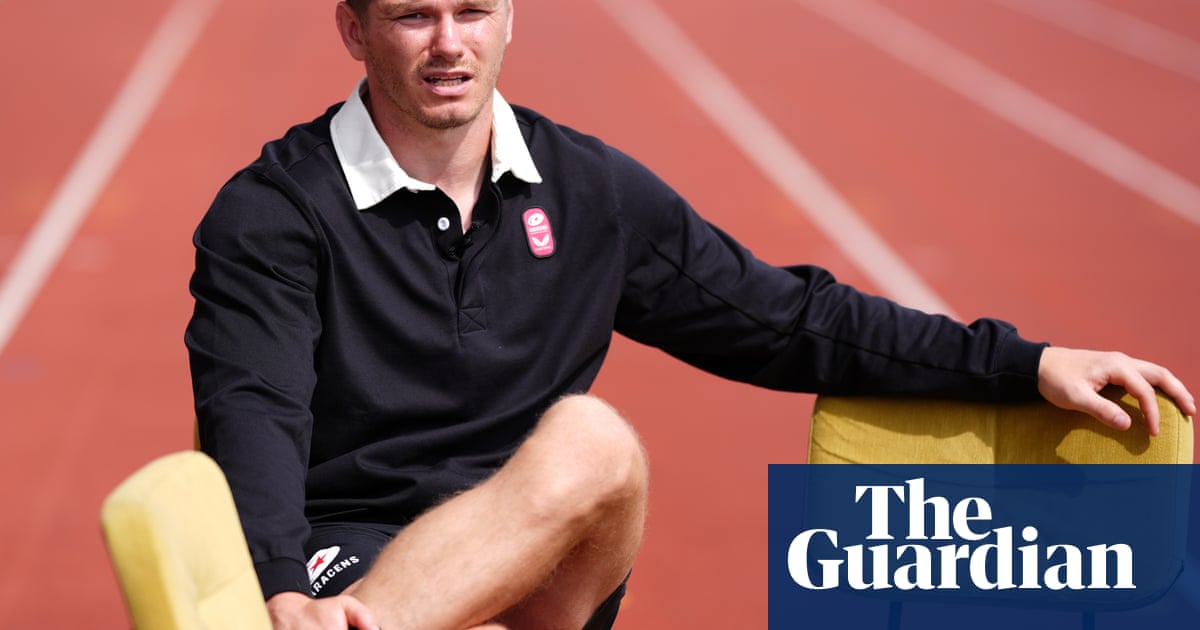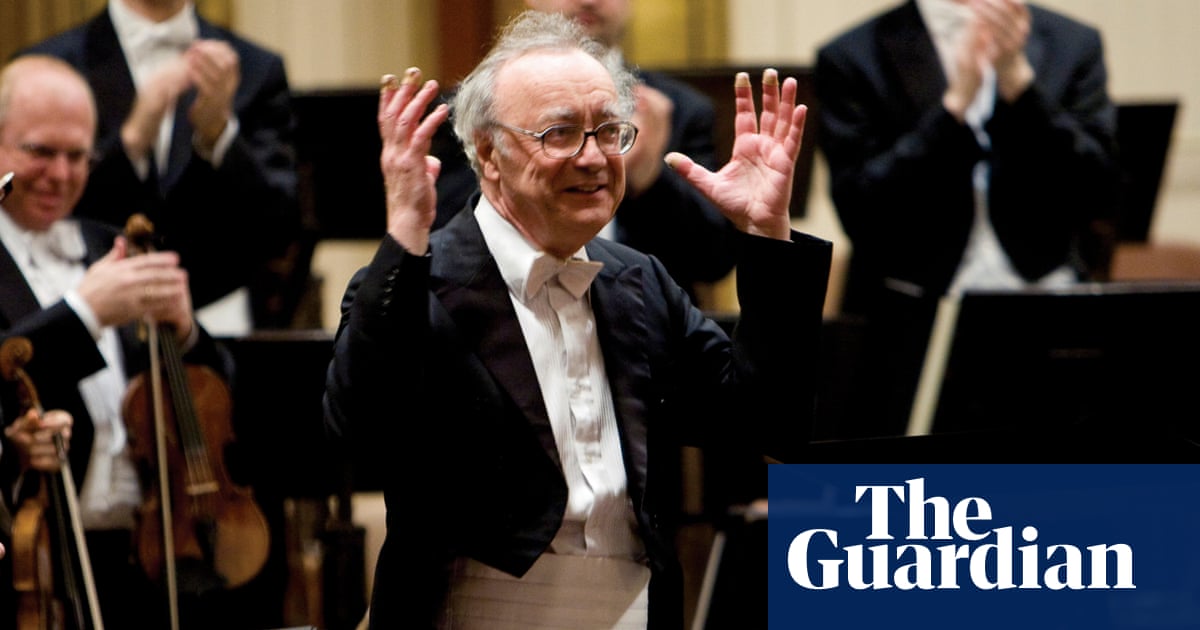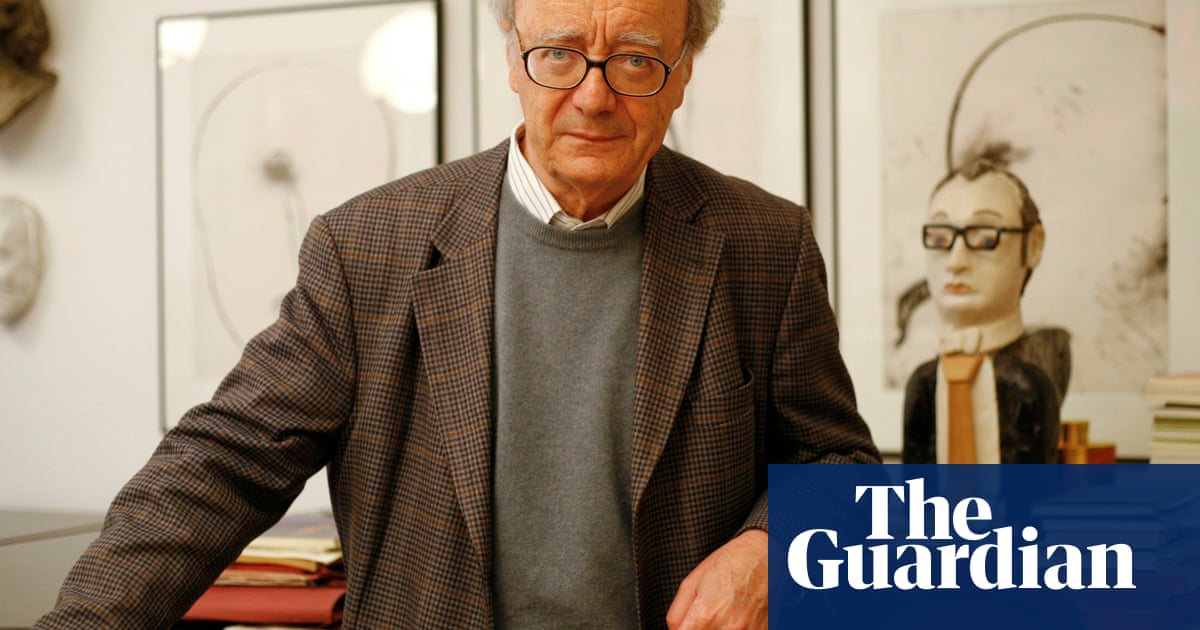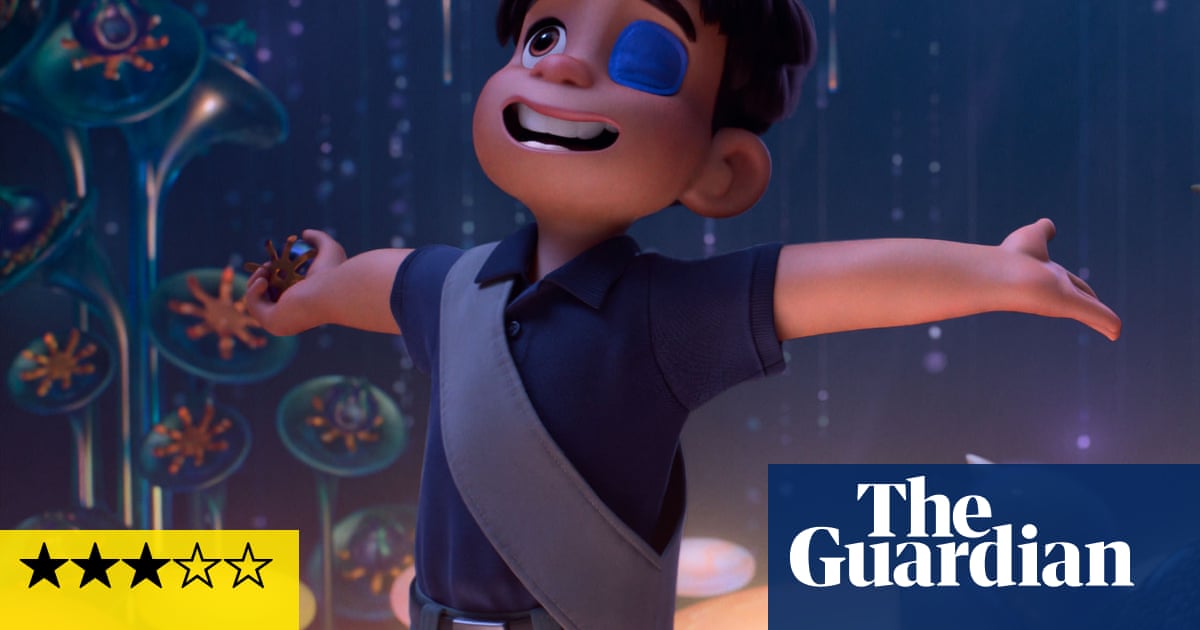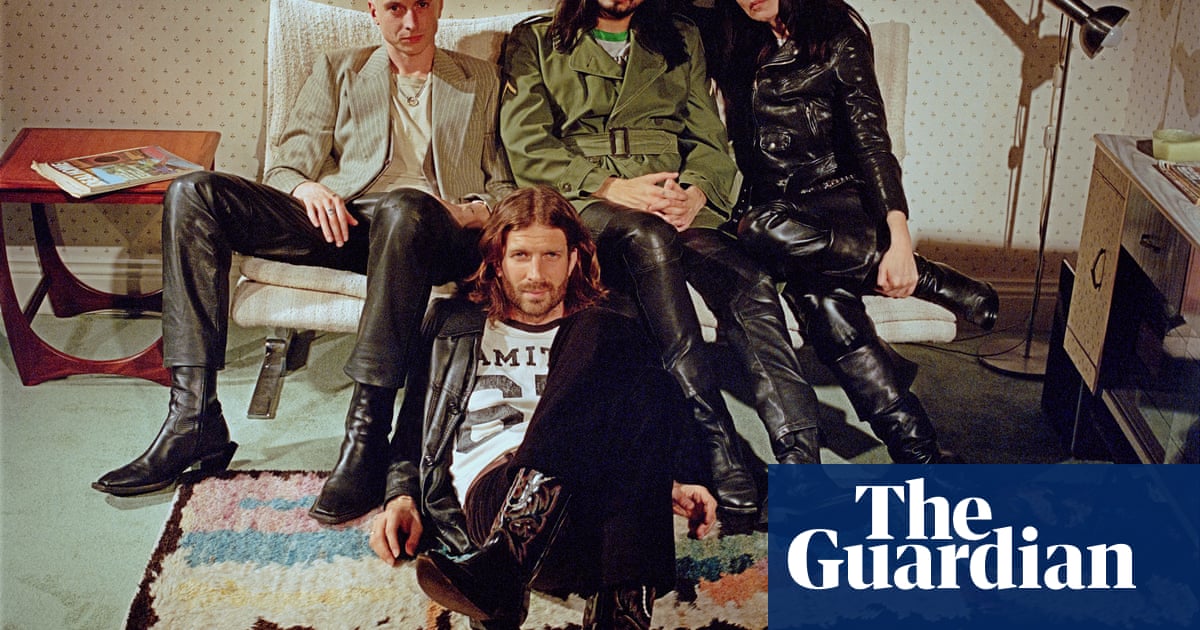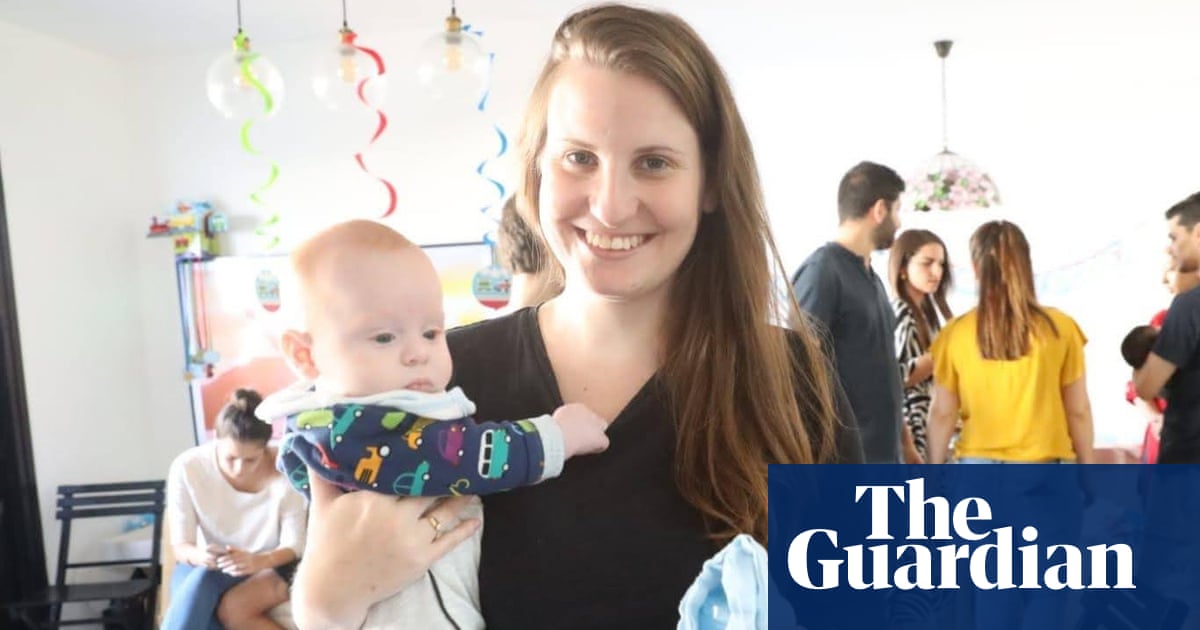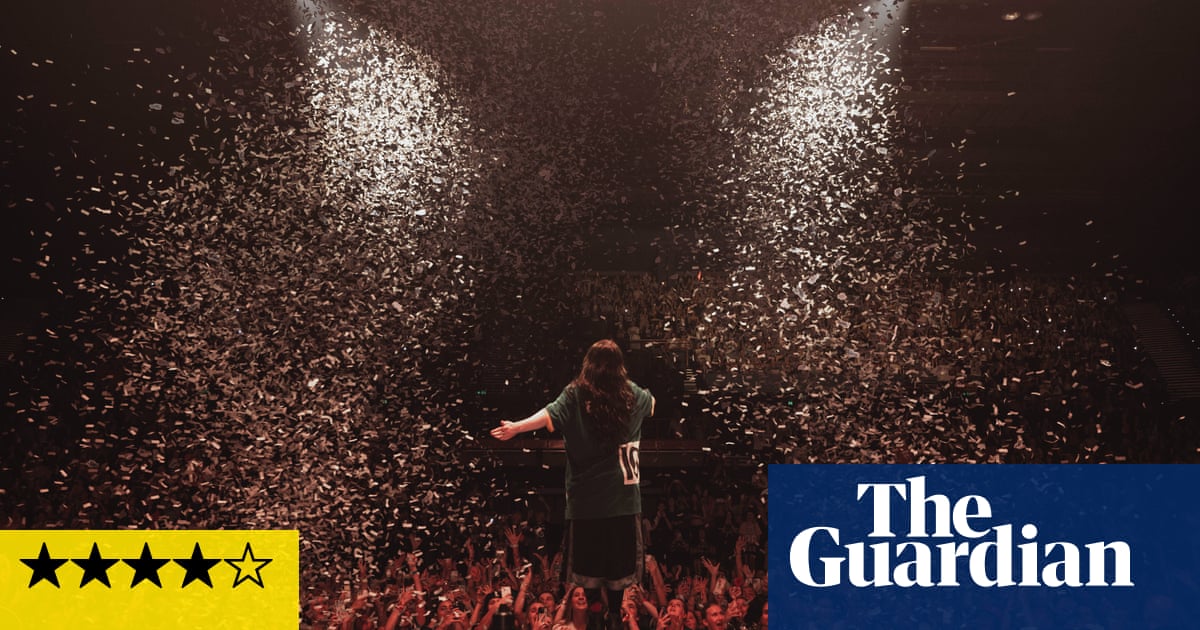“What does it mean to record outside, not just rap outside like a cypher, but actually record outside with the intention of completing a full song completely written and inspired outdoors?” rapper Lupe Fiasco mused while discussing his latest project, Ghotiing (pronounced “fishing”). “What are the limitations and constraints? What do you have to prepare to go into that environment? Onlookers, insects, the weather, noise, any kind of distraction.”
En plein air rapping, as Fiasco calls it – after the school of painting that was popularized by Impressionists like Monet and Renoir – involves going to a promising location and fishing for lyrics and beats. He has been fine-turning the practice ever since he came on as a visiting professor at the Massachusetts Institute of Technology for the 2022-23 academic year – ghotiing throughout MIT, in LA, and elsewhere, while also teaching it to his students. “It’s a practice that I’ve been using and playing with and working through for the past few years,” he said.
Fiasco has just released the first project of this site-specific rapping via the MIT List Visual Arts Center’s website. The nine-track effort (seven which are currently available) is a cohesive collection of music with a distinct jazz flavor that feels like a throwback to the Native Tongues era of hip-hop. For Fiasco, these tracks are an emanation of the environment that he fished them from. “The goal is to have a certain level of ownership of the space by being completely aware of all the objects that are around it,” said Fiasco, “and how these objects are affecting or influencing, consciously or unconsciously, your experiences.”
To celebrate the release, Fiasco will be holding a concert on 2 May as a culmination of the Artfinity Festival.
Sonically and lyrically, there’s a certain kind of beguiling simplicity to these tracks, with lines that tend to be short and filled with internal rhymes. There’s a sense that the Chicago rapper is more after sound than sense, as in the triplet, “Filling up the staircase / Airspace tethered to the pear tastes / Electron share shape.”
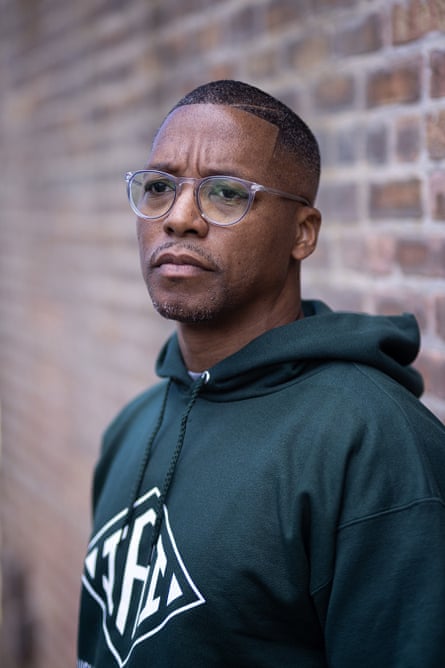
Elsewhere, Fiasco plays with the everydayness of the MIT campus, as when rapping about a giant steel sculpture made by Alexander Calder: “Tourists on their summer trips give it OKs like the number six / Walk around alongside or up under it / Or ignore it / Like can’t see the trees, cause the forests / Or adore it / And explore it.” As the rapper shared, the mundanity is very much the point.
“One of my key creative functions is decorating the mundane, finding the profound narratives or insights in the mundane,” he said. “You can see that tradition from Kick, Push, which was about skateboarding. For me it was very mundane, it was a toy. It was like, make a song about this toy. I try to look for the things that people perceive to be mundane and unpack the profound things that are within it.”
Ghotiing required Fiasco to solve the many technical challenges raised by site-specific recording. According to him, it could make for awkward moments to be channeling hip-hop inspiration in public environments where anyone might intervene. Being a veteran performer helped, as did putting on his “ghotiing uniform” – usually an MIT jacket – to let people know he was up to something and to give space. Surprisingly, Fiasco said that being a celebrity didn’t pose much of an issue for him.
“People don’t really care,” he said. “There’s a certain kind of, ‘Oh that’s Lupe,’ or ‘That’s Professor Lupe, he’s a dope-ass dude.’ That has its own kind of reputation. Sometimes people sneak out like, ‘Yo, lemme get a selfie,’ but for the most part, in terms of ghotiing, people don’t really care.”
As for creating beats, Fiasco enlisted AI for assistance – he primarily used Suno, a generative AI program founded in Cambridge, MA, that specializes in making music. “You get people to make beats, and they’ll probably make one beat for months. You can’t really do that when you got the battery on your laptop running down and the sun’s going down and it’s getting cold.” Fiasco worked by putting the AI-generated beats through an editing process, going through dozens of generations of the same beat to get one that was of interest.
Fiasco situated AI on a spectrum of the many different tools that musicians have created and adapted for themselves. “It’s like if the saxophone player made the saxophone – which is rare, but real,” he said. “My students can write their own music production software, which is akin to someone like Havoc from Mobb Deep, right, who makes the beats and raps over his own beats. So I see that tradition as just as valid as going into the lab and making the AI that will sit and train the data.”
Fiasco’s intention to exhaust the potential of a particular place, as well as to embrace everything uncontrollable about recording outside in order to make his compositions more creative, brings to mind the French writing collective the Oulipo, or Workshop of Potential Literature. That group embraced constraint in writing as a means of inspiring creative freedom and would often work in situ as Fiasco does. It’s a group that the rapper knows well, assigning their literature to students in the course he teaches at MIT, as well as making it a part of the entry exam to his Society of Spoken Art (SOSA) guild of rappers.

“One of the mandatory readings in my class is Raymond Queneau’s Exercises in Style, one of the leaders of the Oulipo school,” he told me. “And then also, one of the tests that people take to get into SOSA is A Void, the book that’s written without the letter ‘e’. So that same approach to heavily constrained writing is embedded in the process.”
Ultimately, the Chicago rapper has big goals for his work with higher education. He wants to approach rap in a way akin to how linguists have approached the study of language, breaking it down into discrete chunks that can be analyzed, and putting it through formal rigor. One day, he’d love to see programs at prestigious universities make the sorts of things he’s pioneering as part of a whole hip-hop curriculum.
“Maybe one day there will be a graduate program, and there’s a hip-hop degree, and I’m teaching the rap portion of it. The hope is that rap gets put into a space where people can take it and run with it in a very deep academic way. Maybe eventually you can become a tenured professor in the rap department at MIT.”

.png) 1 month ago
77
1 month ago
77






